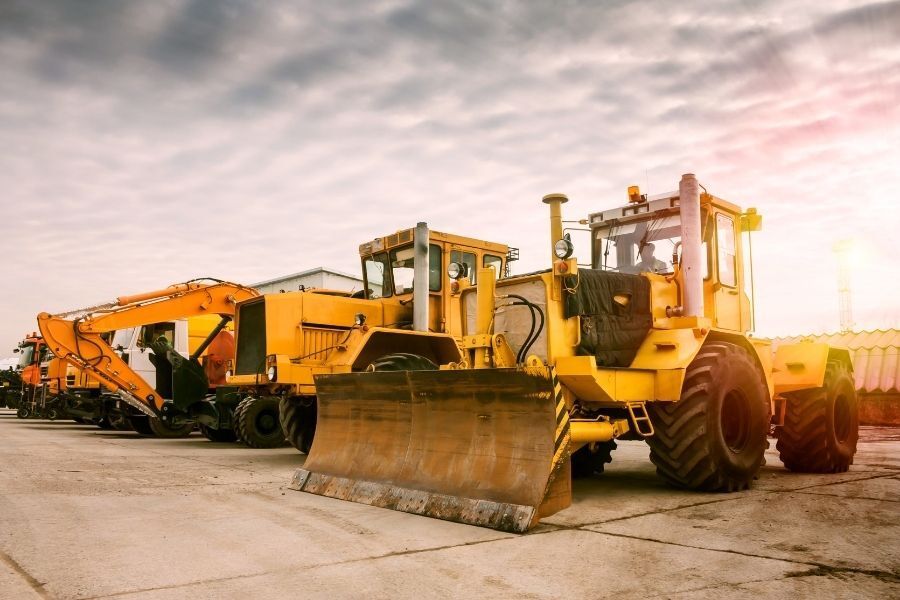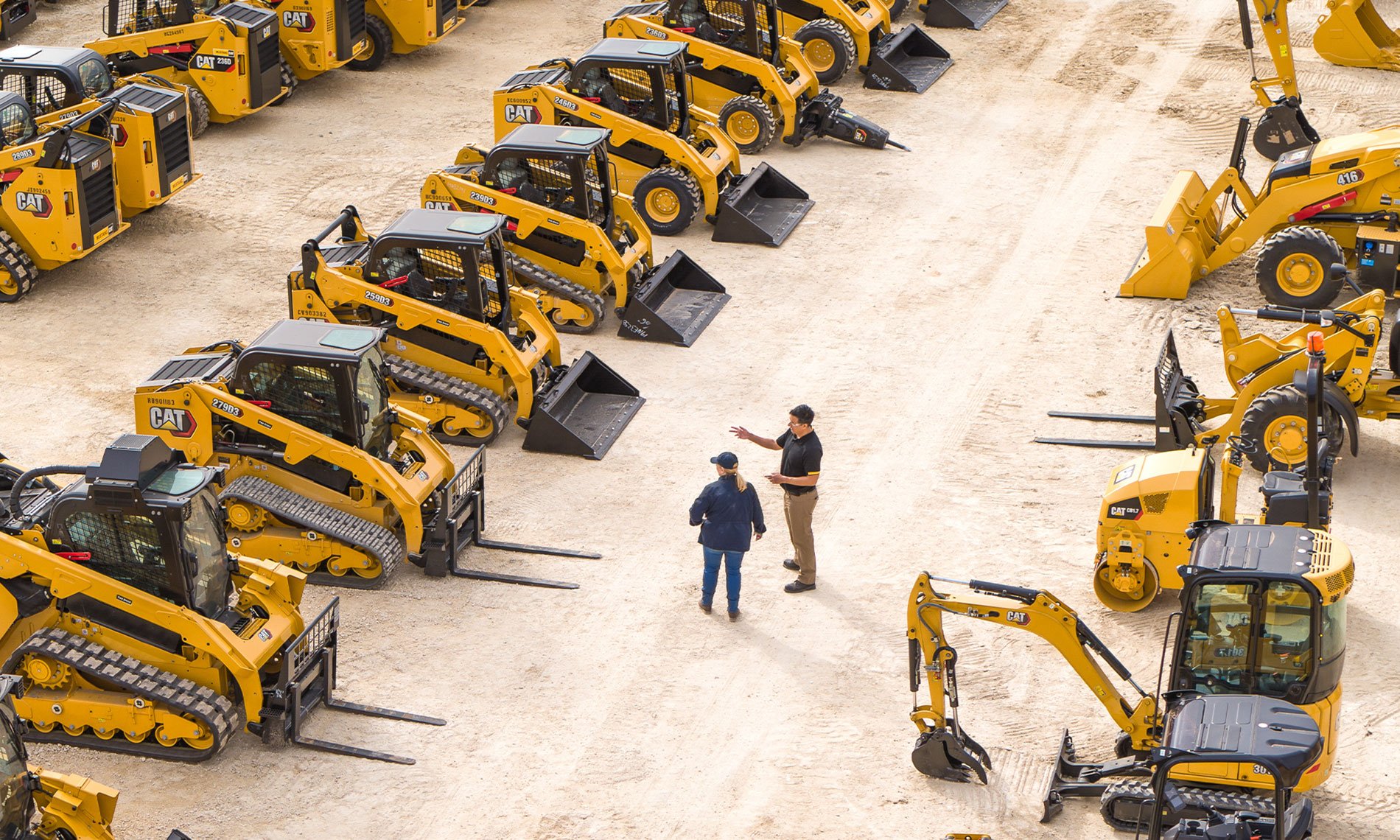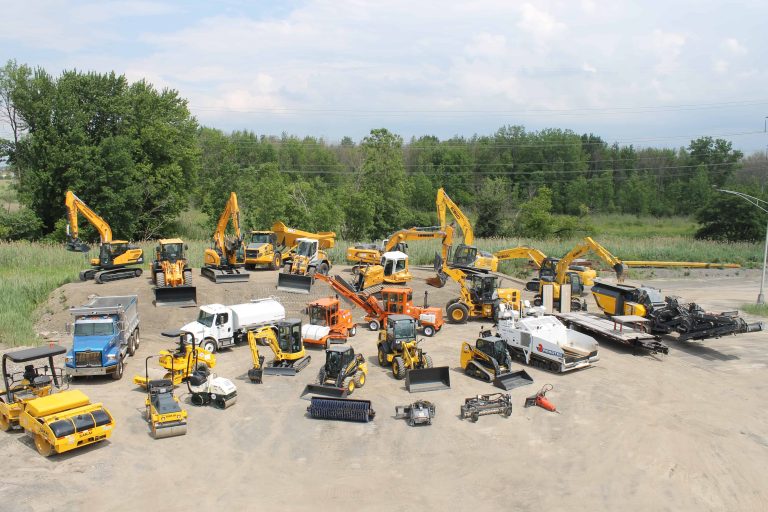Aerial Lift Rental: Versatile Training Solutions for High-Access Jobs
Aerial Lift Rental: Versatile Training Solutions for High-Access Jobs
Blog Article
Optimize Your Spending Plan by Recognizing the Costs Connected With Building And Construction Devices Services
Comprehending the full scope of prices connected with construction devices leasings is critical for maximizing your budget plan. While the first rental charge might seem uncomplicated, many additional expenditures-- such as transportation, gas additional charges, and upkeep-- can swiftly build up, influencing your monetary preparation. Being aware of numerous fees and the ins and outs of rental contracts can assist prevent unforeseen financial problems. What approaches can be employed to efficiently take care of these prices and make sure a more reliable rental experience?
Review of Rental Expenses
When taking into consideration building equipment leasings, understanding the connected expenses is vital for effective budgeting and job preparation. Rental expenses can differ considerably based on several variables, including devices kind, period of service, and place. The preliminary rental cost typically mirrors the equipment's market need and its linked operational capacities, influencing the total expense.
Along with the base rental price, secondary costs may develop, such as transport charges, gas surcharges, and maintenance fees. It is necessary to represent these additional costs to accurately evaluate the complete cost of renting out equipment. The rental period can affect prices; longer services might certify for affordable prices, while temporary services could sustain greater day-to-day costs.

Failure of Rental Prices
A detailed understanding of rental rates is important for professionals and project supervisors intending to enhance their budgets. Rental prices for building and construction devices usually consist of several components, including base prices, time-based charges, and usage costs.
Base rates are the core costs related to the leasing of the tools, frequently figured out by the type and size of the machinery. These prices can differ dramatically, influenced by factors such as tools need, availability, and regional market patterns. Time-based costs, which might be daily, weekly, or monthly, offer to fit various job timelines and rental periods.
Furthermore, rental prices may include usage charges, which are applicable when equipment is utilized past a specified limit, ensuring that the rental business can make up wear and tear. Seasonal need fluctuations can also influence rental rates, with peak construction periods typically regulating greater prices.
Moreover, recognizing the rental firm's policies concerning maintenance and insurance can give further understanding into the general expense framework. By evaluating these elements, service providers can make educated decisions, guaranteeing the selection of rental tools straightens with both project needs and budget constraints.
Added Costs to Take Into Consideration
Understanding the details of extra charges is vital for contractors to handle their general rental expenditures successfully. Beyond the conventional rental prices, numerous auxiliary fees can considerably influence the total expense of devices rental. These charges frequently include delivery and pick-up charges, which can vary based on range and logistics included in delivering the equipment to and from the task site.
Moreover, some rental firms may impose gas surcharges if the tools is returned with less fuel than when rented. It is also important to be mindful of potential cleaning costs, particularly for customized devices that requires extensive maintenance after use.

Extensively examining the rental arrangement and clarifying these added charges ahead of time can aid professionals ensure and prevent unforeseen expenses that budget plans stay undamaged throughout the job lifecycle.
Maintenance and Fixing Expenses
Regular repair and maintenance costs are commonly forgotten factors that can substantially affect the general expense of building equipment services. When renting devices, it is crucial to take into consideration not just the rental costs however additionally the possible prices linked with keeping the equipment in optimal operating problem.
Several rental firms include fundamental maintenance as component of the rental contract; nevertheless, a published here lot more unanticipated breakdowns or considerable fixings can result in added expenses. It's vital to assess the rental agreement thoroughly to recognize what maintenance solutions are covered and what duties drop on the occupant.
In addition, devices that is not well-kept can bring about inadequacies on the task site, possibly enhancing and triggering delays job prices. To alleviate go to this website these threats, it is recommended to conduct regular examinations and maintain open interaction with the rental service provider concerning any concerns that develop during usage.
Insurance Policy and Responsibility Costs
Insurance policy and obligation expenses are vital elements that can considerably impact the overall expenditure of building tools leasings (forklift rental). These prices guarantee that both the rental business and the customer are secured from possible monetary losses occurring from accidents, damage, or theft during the rental period

Additionally, customers should recognize any kind of deductibles or exclusions in the insurance policy, as these can affect prospective out-of-pocket expenses. Understanding the terms and problems of any type of insurance policy protection is crucial to avoid unforeseen expenses. Inevitably, budgeting for insurance policy and responsibility expenditures can aid guarantee a smoother rental experience and shield versus economic threats connected with building projects.
Final Thought
In final thought, a detailed understanding of the prices associated with building and construction equipment rentals is important for efficient budget plan management. Ultimately, informed decision-making relating to devices leasings contributes to the overall success of building ventures.
Rental prices can vary power grader rental dramatically based on a number of elements, consisting of devices kind, period of service, and location (dozer rental). The rental duration can influence prices; longer leasings may certify for affordable rates, while temporary rentals might incur higher day-to-day charges
By conducting extensive research study and engaging with reputable rental business, professionals can efficiently navigate the intricacies of rental prices, eventually maximizing their financial resources.
Past the basic rental rates, various extra charges can substantially affect the overall expense of equipment service. Rental companies often provide liability insurance that covers injuries to third events or damage to home, while equipment damages insurance coverage can cover the price of fixings or replacement if the leased equipment is damaged.
Report this page